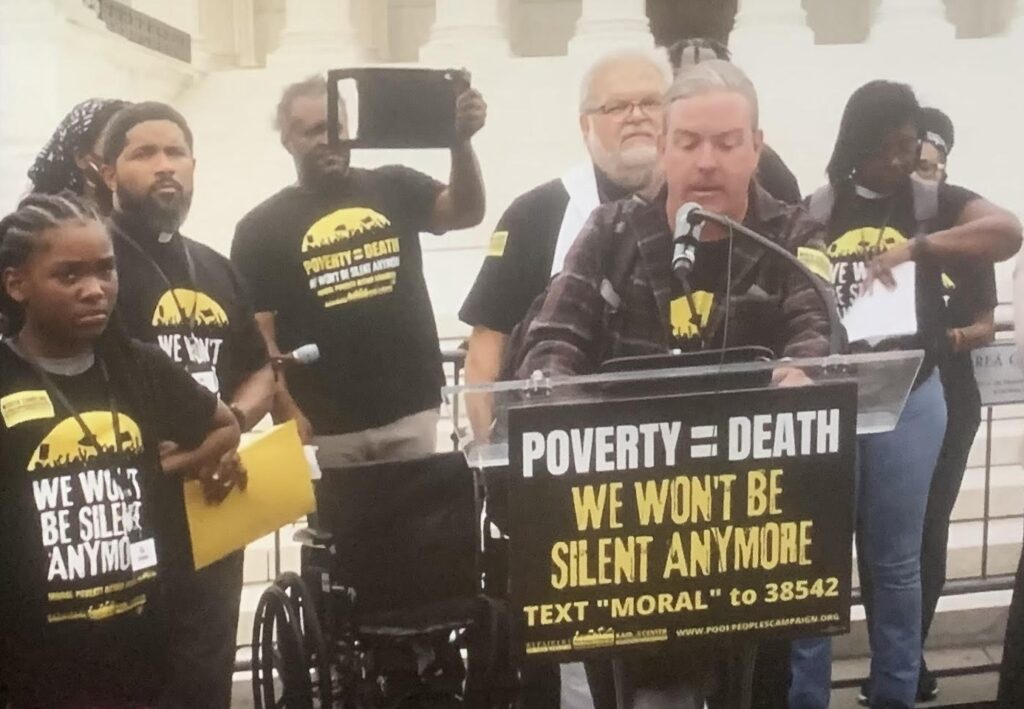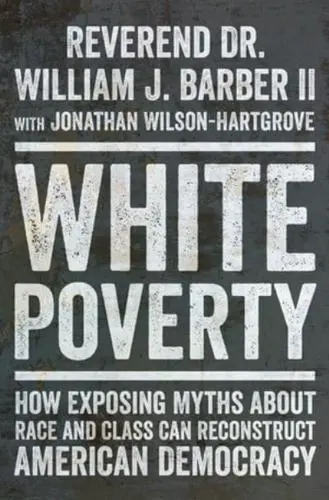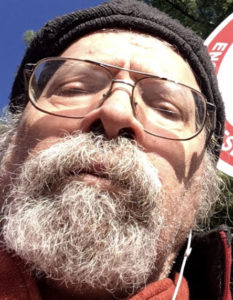
The Poor People’s Campaign rallies in Washington, DC in July, 2023. Screenshot from Poor People’s Campaign video
The Poor People’s Campaign is a grassroots movement that began in the 1960s and continues to this day, aiming to address issues of poverty, inequality, and social justice in the United States. The campaign was initially launched by Rev. Dr. Martin Luther King Jr. and other civil rights leaders in 1968, just before King’s assassination. Of course, when MLK started his Poor People’s Campaign it was also with the backdrop of war and militarism, which became a divisive issue, as it is today.
The Campaign has gained momentum in recent years, with thousands of people participating in marches, rallies, and other actions across the country. As a matter of course, media reporting on this new poor people’s campaign is sporadic, and one of the only places to find Campaign leader Rev. William Barber II’s interviews is Democracy Now! Even locally, the Campaign’s actions in Springfield have not been given the coverage that was warranted by local television and other media. Illinois is one of 15 states with a high number of low-income voters who are eligible to vote but not participating in elections. Even more locally, Urbana has a high poverty rate and complementary high rate of child poverty. The commonplace that this is predominantly due to student population is pretty easily debunked, but the fact that a small number of students are availing themselves of food banks, and other temporary and charity sources of aid, does add to the complexity of the problem.
Hopefully Barber’s new book, written with Jonathan Wilson-Hartgrove, White Poverty: How Exposing Myths About Race and Class Can Reconstruct American Democracy might catch the attention that deserves. It argues that, though the percentage of minorities who are poor is quite a bit higher than that of the white population, the overall number of the white poor is greater.

Barber’s recent article in The Nation disposes of the glib analysis of the economy that suggests the stock market is doing fine and that mostly all’s right with the world. This is what the Democrats seem to be trying to run on, though Barber recently said he was pleased that Biden said the word ”poverty” in his last State of the Union address.
One of their latest campaign emphases is that poverty equals death, as 800 people die each day from poverty and low wealth. They march with a few caskets to illustrate the severity of the reality.

The Campaign is pushing a “third reconstruction” bill in the US Congress. Image by Poor People’s Campaign
The Campaign’s appeal, and congressional resolution, for a “third reconstruction” calls for a seventeen-point plan to be implemented, including:
- Abolishing poverty as the fourth-leading cause of death in the US
- A minimum living wage of at least $15 an hour, indexed for inflation
- Full and expanded voting rights
- No more voter suppression
- Guaranteed workers’ rights and labor rights
- Health care for all
- Affordable, adequate housing
- Strong social welfare and safety-net programs
- An end to gun violence, and the profit from and proliferation of firearms
- Fully protected women’s rights
- Environmental justice that secures clean air and water
- Justice for all Indigenous nations
- Fully funded public education
- Just immigration laws
- Addressing militarism and the war economy
- Standing for peace not war; an immediate cease fire in Gaza that allows humanitarian relief, the release of all hostages, and peace with justice to be pursued; and an end to genocide around the world
- An end to hate, division, and the extremist political agenda
This long list doesn’t exclude other goals like criminal justice reform, which would be greatly remedied by the elimination of poverty.
The movement’s slogan, “Forward Together, Not One Step Back,” emphasizes the activist nature of the Campaign, but so many of the proponents are also constantly engaged in community organizing. Whether there’s media coverage of their marches over the long run can be affected by you. Reach out to your local media and ask them how they are covering the issues and ask the local affiliates to demand more from network centers.

814 total views, 2 views today
